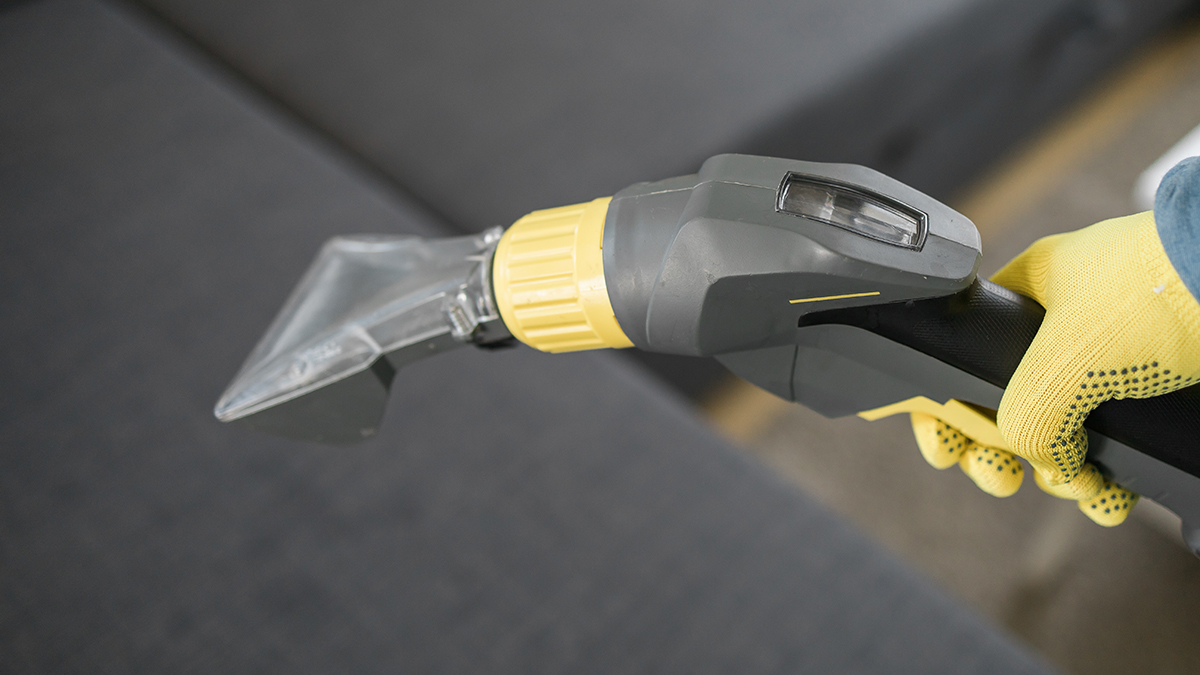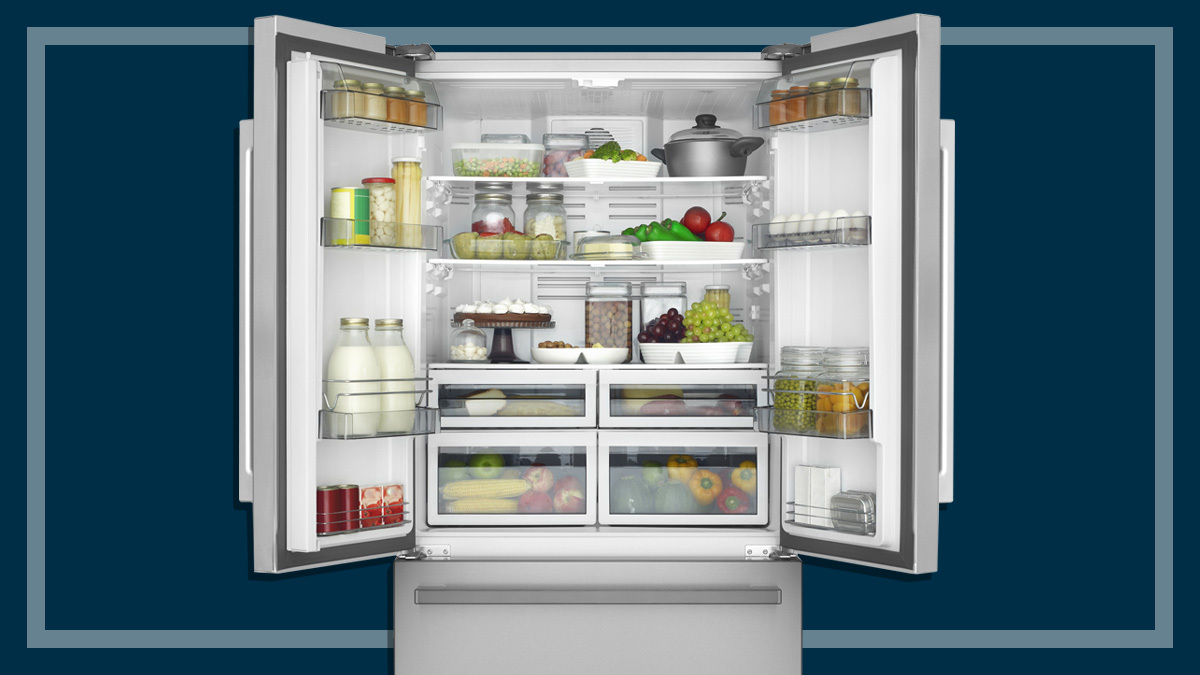Get our independent lab tests, expert reviews and honest advice.
Convenient cleaners: Will these clever appliances actually make your life easier?
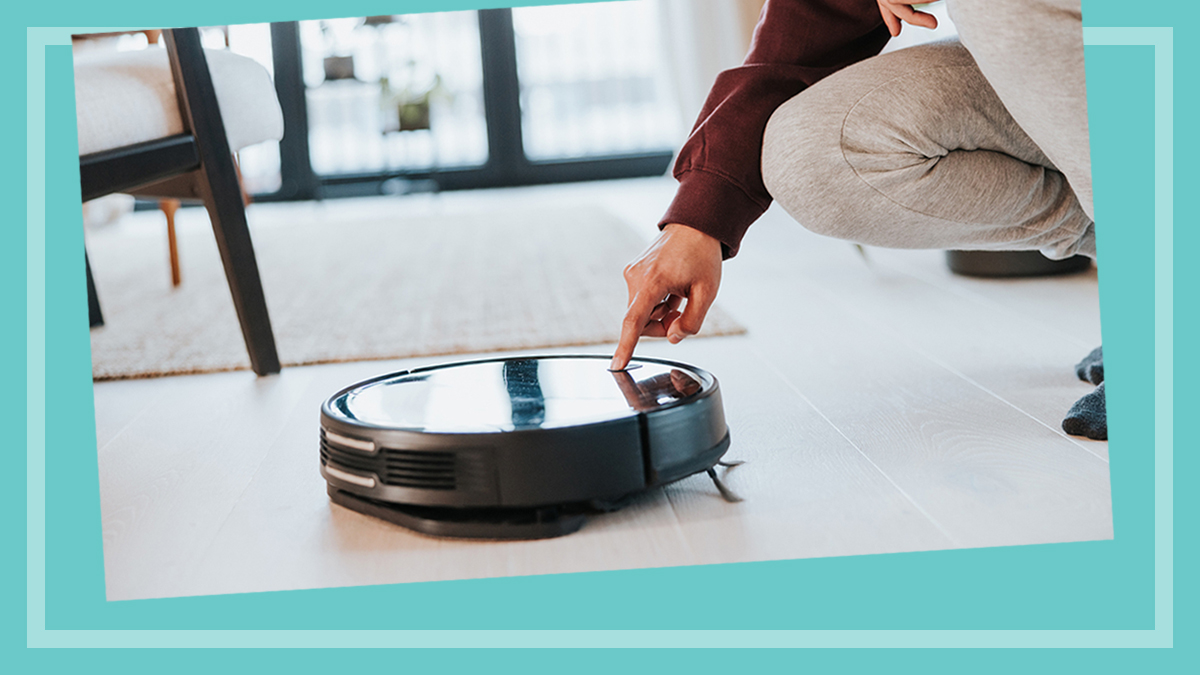
Short of surrendering to the inevitability of disorder and decay, an option that can sometimes seem attractive, the need to keep our homes clean and tidy means housework remains a necessary evil.
Since our ancient human ancestors first descended from the trees and took up residence in a cave (one bedroom, open-plan, no bathroom), there has been work associated with keeping our homes looking nice.
As we’ve evolved, so too have the devices, products and processes at our disposal to help us keep on top of the never-ending need to clean and tidy.
We look at some of the products jumping on board the convenient cleaning bandwagon and ask, do they really work?
It’s why cleaning is big business, with more and more companies searching for ways to grab our dollars with devices and gadgets that promise to take the drudgery out of housework.
But are they actually worth buying? We look at some of the products jumping on board the convenient cleaning bandwagon and ask, do they really work, or are they just a waste of time and money?
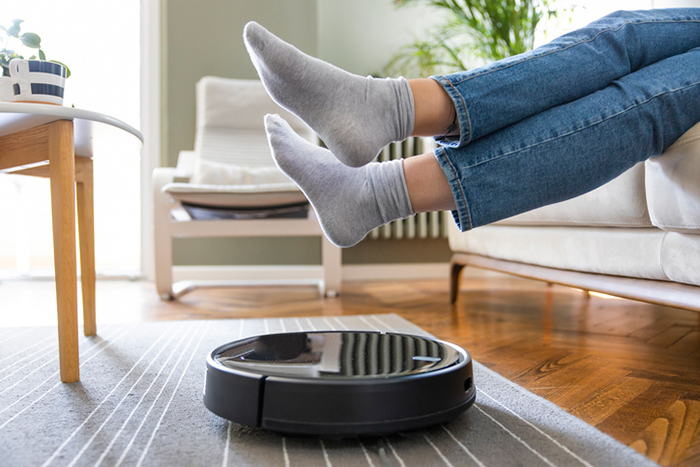
Robot vacuum cleaners
CHOICE experts recently reviewed a batch of robot vacuum cleaners that range in price from $170 all the way up to $4000, and while it might be nice to think that procuring one means never having to wield your traditional stick, barrel or upright vacuum again, we don’t think any of them are good enough to replace your existing appliance quite yet.
“CHOICE has been testing robot vacuums for years and their cleaning performance, smart features and battery life has developed a lot,” says CHOICE vacuum expert Adrian Lini.
“At the same time, our tests regularly show they still have a number of issues and limitations.”
While many of them do a pretty good job on hard floors, most aren’t great at picking up pet hair, and the average score on carpets is only 26%.
All of that means you probably can’t get rid of your old-fashioned human-operated vacuum even if you invest in one of the bots that performed best in our tests.
As well as sucking up the unwanted debris on your floors, most new robot vacs also have a mopping function, another potential labour saver.
Our tests show they still have a number of limitations
Adrian Lini, CHOICE vacuum expert
Some models in our test scored as low as 20% for mopping performance, but the best earned 90%, meaning they might help reduce the amount of time you’ll need to devote to mopping if you choose well.
And of course, your robot vacuum still requires human assistance. Filters, dust bins and brushes require regular cleaning.
You’ll also still need to clear your floor of obstructions and deal with incidents involving cables, fringes on the edges of rugs and other household traps for the unwary robot.
Robot vacs are undoubtedly convenient for some and are getting a lot smarter. Some can show you dust hotspots in your house and even sense how much dirt is on the ground, and if it’s less dirty, they’ll run at lower power to save the battery.
More expensive models now come with self-emptying docks and even air fresheners. But some robot vac apps can be complicated to set up and need a lot of time to customise your home info and cleaning preferences.
VERDICT: The ultimate cleaning convenience? We’re yet to be fully convinced.
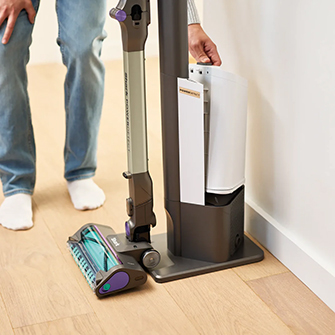
Self-emptying vacuum cleaners
A vacuum you don’t need to empty yourself? Where do we sign up?
In our most recent testing of stick vacuums, we noted that some manufacturers, including LG, Shark and Samsung, have introduced models that come with self-emptying charging docks.
You place your stick vacuum back in the dock once you’re done cleaning and it will empty the debris into a larger dust bag or receptacle, which forms part of the charging dock.
While you still have to operate the vacuum yourself, this feature sounds convenient for people with allergies to dust or dexterity issues but CHOICE experts note that there are a few drawbacks that affect the ‘convenience’ factor.Firstly, these models are pricey (the ones we tested start from about $600 and range up to well over $1000) and they’re also extremely bulky, so you need a cupboard that will fit the unit or somewhere to store it out of the way.
Secondly, some models empty the debris into single-use bags that fit inside the charging dock so that’s something else you have to purchase and pay for (about $6–10 each depending on the brand).
Other models empty the debris straight into a plastic bin, which you’ll also have to clean and empty regularly.
VERDICT: Convenient for some? Sure, but as they’re both expensive and bulky, they won’t suit everyone.

Hard floor cleaners
If a robot vacuum isn’t right for you, perhaps a hard floor cleaner might seem like the key to convenient cleaning.
While these devices aren’t autonomous (yet), they promise to combine the functions of both vacuum and mop to supposedly help make short work of dirty floors.
Do they work? We recently put a range of hard floor cleaners to test in our labs, measuring how well they clean up four stains – coffee, mud, jam and soy sauce – on laminate flooring. We also look at how wet they leave the floor and how easy they are to use. Our testing shows that if you have a lot of hard flooring, this kind of appliance might help reduce the work needed to keep it clean. (Some models even come with a carpet cleaning mode to make them more versatile).
Unfortunately, though, a lot of the models we looked at required many passes over the stains before they cleaned them up and only one model in our most recent testing comes recommended by our experts.
A lot of the models we looked at required many passes over the stains before they cleaned them up
Testers also noted that some of these cleaners can be loud, emitting a high-pitched noise when operating that could be irritating.
And, while you can use a hard floor cleaner with water alone, most manufacturers suggest using their cleaning solutions, which is an ongoing cost you’ll have to factor in.
VERDICT: We’ve seen mixed results with these appliances, and so the risk of disappointment remains high.
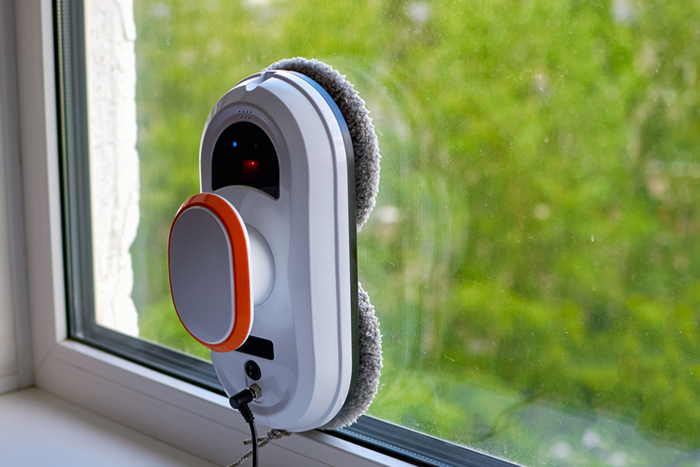
Window-cleaning robots
Windows might bring sunlight, air and if you’re lucky, a bit of a view into your home, but they also annoyingly require cleaning.
It’s a job that many find tiresome, particularly if your home has multiple storeys or other factors that make cleaning your glass tricky.
So will a robot rescue you from the drudgery of window cleaning? Well, maybe. These appliances use strong suction to adhere to your windows and sensors to navigate around the glass. While we’ve only tested one model so far, we’ve found that it performed fairly well.
If you’re keen to invest in one, bear in mind that they’re not cheap (up to $1000), there might be ongoing costs if your model requires proprietary cleaning solutions, and it probably won’t suit all windows.
It’s also not something that you can leave to work entirely autonomously, so unlike a robot vacuum cleaner, it will require supervision.
VERDICT: They’re expensive but could be great for people with lots of glass to clean.


Electric cleaning brushes
If a manual scrubbing brush is just too low-tech for you, an electric brush may be the extra appliance you’ve been dreaming of.
There are many such products available. Some are simple handheld models, while others come with extendable and even bendable handles for more versatility. But how convenient are they?
One of our editorial team members tried one out at home to see how it compared to a manual brush.
“I bought a $30 rechargeable handheld scrubber from Kmart and used it on my shower,” she said.
“While the novelty of it was fun and it did clean the built-up soap scum in my shower, I got the same effect with a bit more effort from my traditional scrubbing brush, which doesn’t require recharging and won’t eventually end up as e-waste.”
“I was also a bit alarmed to read a warning in the instructions that I should ensure it wasn’t splashed with water, which seemed almost unavoidable while using it to clean.”
If you have limited mobility, dexterity issues or other physical limitations that reduce your capacity to bend and apply the gentle force required with a conventional brush, an electric option might suit.
As to whether they’re more convenient, you’ll still need to spend almost the same amount of time cleaning the shower or bath, so the convenience is limited.
VERDICT: While they’re unlikely to save you time, they could be good if you have limited strength and mobility.


